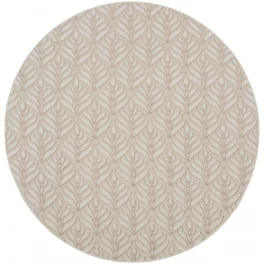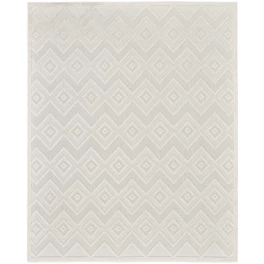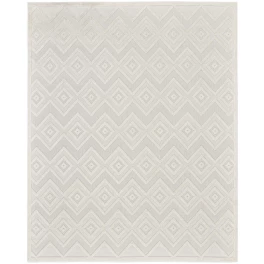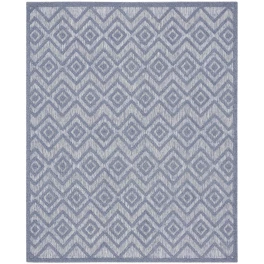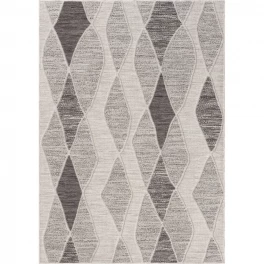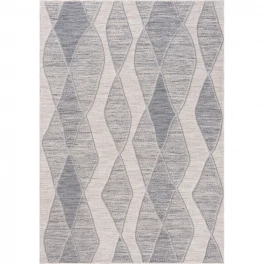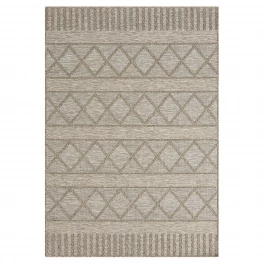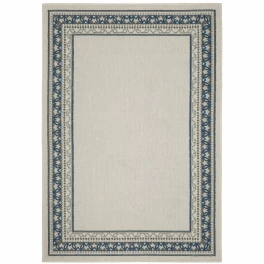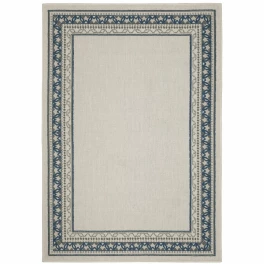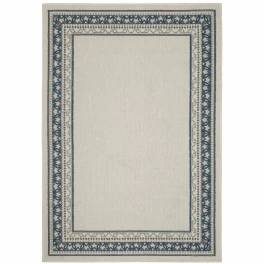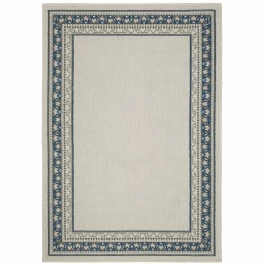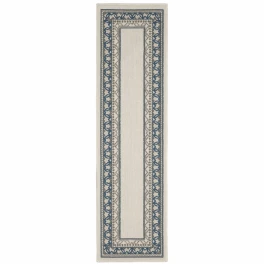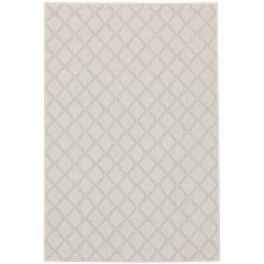So, you’ve purchased your dream home — the one with just one tiny problem in the form of sulfur water — that problem you really thought you could overlook. Yes, it’s possible, after a few months, to get past that faint rotten egg smell that emanates from your tap every time you turn it on, but what about the unsightly yellow stains that coat your porcelain sinks and tile shower? Sulfur stains are a little harder to ignore, but fortunately, you’re not stuck with them, and they can be managed.
The left half of this porcelain sink sports the after effects of Comet powder containing bleach. The discoloration on the right half of the sink is covered the entire thing before I began. When using a cleaning product like this, be sure to wear gloves
Most homes with sulfur water function on wells. Hydrogen sulfide is the culprit for the rotten egg smell, and although that’s unpleasant, it doesn’t pose a specific health risk, according to the Florida Health Department. Hydrogen sulfide, the Department states, doesn’t typically affect the cleanliness of your water because in most cases, it originates in plumbing, the well or groundwater. It is, however, a good idea to have well water tested regularly for E. Coli bacteria, according to the article.
According to the Water Research Center, sulfur in drinking water occurs at different levels, resulting in varying levels of staining.
“Concentrations less than 1 ppm give the water a ‘musty’ or ‘swampy’ odor. A 1-2 ppm (parts per million) hydrogen sulfide concentration gives water a ‘rotten egg’ odor and makes the water very corrosive to plumbing,” the Center states on its website.
Therefore, if you’re detecting a rotten egg smell, your sulfur level is probably high enough to corrode your metal pipes, which is why you see yellow or red staining on your tile or porcelain.
There are certain steps you can take to rid your water system of sulfur or at least reduce its presence if the substance is originating in your well or plumbing. If it’s coming from your groundwater, you’re pretty well stuck with it, however, and you’ll have to devise a long-term cleaning solution for those yellow stains.
You can choose to keep sulfur staining under control with one or a combination of a few products. Since this will be an ongoing task, you’ll have to find which product and process work best for you.
Remember to make sure any cleaner is designed to work on the surface you’re using it on. Borax and vinegar are fine for tile, but Comet isn’t ideal. Comet, however, works better on porcelain in my experience.
Using Comet
If you simply want to make one pass with a single product, try a powder cleaner like Comet with added bleach. Sprinkle the product over stained porcelain and use the rough side of a damp sponge to scrub away the discoloration. You’ll need to wear gloves with a product like this, and you’ll feel the powder “grab” the stain as it begins working. This method may take a bit of scrubbing, depending on the severity of the stain.
Comet worked best on the yellow stains in my bathroom sink. It’s safe for porcelain and fiberglass, according to cometcleaner.com, but it “should only be used as a last resort for heavy stains and wiped off immediately” on ceramic tile.”
So, if you need to clean sulfur staining from your bathroom tile regularly like I do, you’ll need to find a different long-term solution, like borax and vinegar. They worked well on the tile, but they didn’t work as well on the porcelain as the Comet did. A benefit of using these products that I liked, however, was that they’re both naturally occurring and won’t have harmful effects on the body or environment.
Here’s how to use borax and vinegar to clean tile:
1. Pour about half a cup of borax into a bowl.
2. Saturate a rough-sided sponge with white cleaning vinegar.
3. Dip the scrubbing side of the sponge into the vinegar. (Don’t try to make a paste out of the vinegar and borax - the borax will just harden in the bowl.)
4. Scrub the sulfur stain with the vinegar/ borax mixture until it disappears. You can saturate the sponge with vinegar and dip it into the borax as the mix runs out.
5. Rinse the cleaned area with warm water.
6. Begin keeping a towel near your sink or shower designated specifically for wiping these receptacles each time you use them. Removing standing water droplets on a regular basis will go a long way in extending the length of time between cleanings.
In a nutshell, having sulfur in your groundwater isn’t the end of the world, but it will result in a few changes you’ll have to get used to. Cleaning yellow stains from your sink and shower will probably become part of your routine, so experiment with a few methods to find what works best for you.




